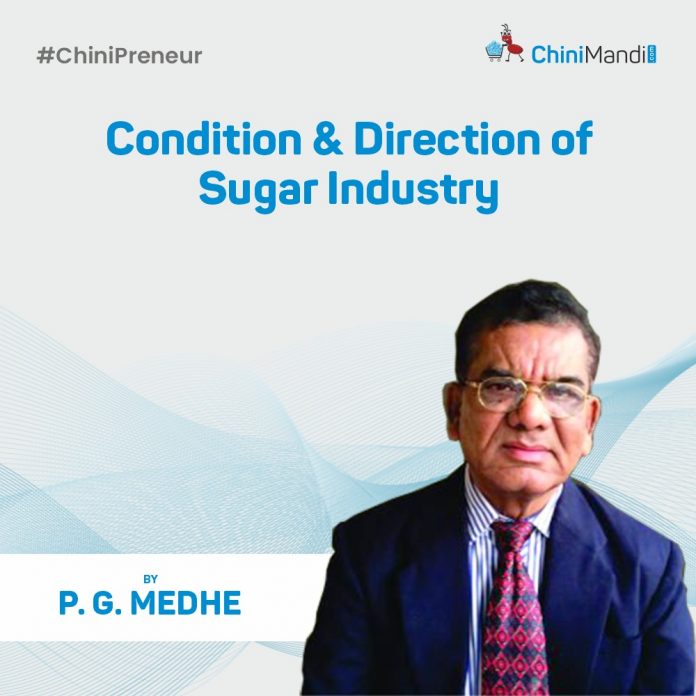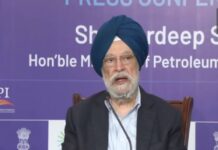The current classification of bagasse as a by-product of sugar production rather than biomass fuel is resulting in loss of revenue for sugar mills and distilleries running bagasse-based cogeneration units—especially under the Ethanol Blending Programme (EBP). Let’s break this down and explore the technical, economic, and policy aspects with reasons, facts, and comparative figures to argue why bagasse should be treated as biomass fuel, not just agricultural residue/by-product.
1. Current Classification & Tariff Disparity –
Bagasse-based cogeneration tariff: ~₹4.50/unit
Biomass-based power project tariff: ~₹7.00/unit
(varies by state, but ~₹6.50–7.50/unit under MNRE/NHPC guidelines)
Why the disparity?
Because bagasse-based power is treated as a by-product energy source from industrial sugar production, not as a primary biomass fuel. It is considered a captive process, despite feeding surplus power to the grid.
2. Bagasse is a Biomass Fuel – Technically and Functionally –
Parameter Bagasse Other Biomass (e.g., Rice Husk, Mustard Husk)
Source Agro-based (sugarcane fibre) Agro-based (grain husks, residues)
Moisture Content 45–50% 10–15% (after drying)
Calorific Value 2,200–2,500 kcal/kg 3,200–4,000 kcal/kg
Combustion Use Direct boiler combustion Direct boiler combustion
Availability Seasonal but mass-scale (mill) Scattered, collection cost high
Processing Requirement Minimal (from milling) Often needs briquetting/pelleting
Emission Profile Comparable/low Variable based on type
From the above discussions it is clear that Bagasse fulfills all criteria of biomass—it is renewable, carbon-neutral, agro-based, and directly usable in power generation.
3. Policy Discrimination: MNRE vs SERCs –
MNRE (Ministry of New and Renewable Energy) recognises both bagasse and other biomass under renewable energy. However, State Electricity Regulatory Commissions (SERCs) set different tariffs for bagasse cogeneration (₹4.50) vs biomass (₹6.50–₹7.00), treating bagasse as captive fuel with cost recovery embedded in sugar pricing.
4. Economics of Misclassification –
Assuming a 10 MW bagasse-based cogeneration unit exporting 8 MW to grid for 200 days/year:
Parameter At ₹4.50/unit (bagasse) At ₹7.00/unit (biomass classification)
Units exported per day 8 MW x 24 hrs = 1,92,000 1,92,000
Revenue per day ₹8.64 lakh ₹13.44 lakh
Annual revenue (200 days) ₹17.28 crore ₹26.88 crore
Loss due to tariff gap ₹9.6 crore/year
This loss is significant and undermines the viability of cogeneration projects, especially for mills that are already facing low sugar prices and rising cane costs.
5. Ethanol Blending Programme (EBP) and Steam-Energy Use –
Under EBP, distilleries often run on steam from bagasse-based cogeneration. If bagasse is treated only as a by-product, then:
Power/steam exported to ethanol unit is not incentivised.
Bagasse has no input credit despite reducing fossil fuel usage.
Contrast with biomass-based distilleries using rice husk:
They claim biomass power subsidy, RECs (Renewable Energy Certificates), and better tariffs.
6. Climate and Sustainability Argument –
India has committed to Net Zero by 2070, and biomass use in energy generation is a key pillar. Excluding bagasse from biomass discourages clean energy investments from the sugar sector. Also, bagasse is carbon-neutral, like other biomass, and helps reduce India’s GHG footprint under UNFCCC/CDM guidelines.
7. Policy Recommendation and Solution-
Recommendation: MNRE + CERC/SERC should reclassify bagasse-based cogeneration under biomass power for tariff parity and fair incentives.
Suggested Policy Actions –
Standardised tariff of ₹6.50–7.00/unit for bagasse-based power export, same as biomass.
Bagasse to be included under Biomass Definition in RE Tariff Policy.
Eligibility for RECs and Viability Gap Funding.
Allow carbon credit trading and incentives under EBP-linked distilleries.
“In conclusion, bagasse stands out as a sustainable and efficient biomass resource that not only supports clean energy generation but also contributes to the circular economy within the sugar industry. Its utilization for cogeneration, bio-CNG, and as a feedstock for bio-based products reduces dependence on fossil fuels, lowers carbon emissions, and adds significant economic value. Promoting the use of bagasse as a renewable energy source aligns with national goals for energy security, rural development, and climate action.”
P.G. Medhe is the former Managing Director of Shri Chhatrapati Rajaram Sahakari Sakhar Karkhana Ltd and sugar industry analyst. He can be contacted at +91 9822329898.











